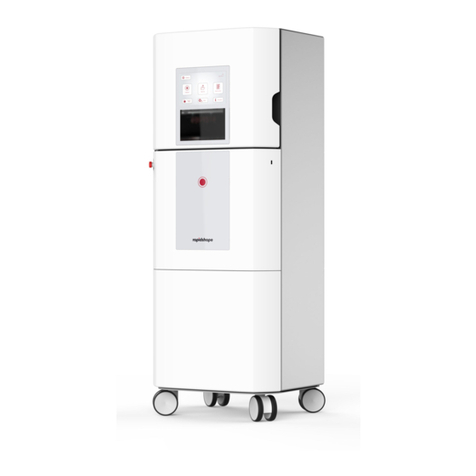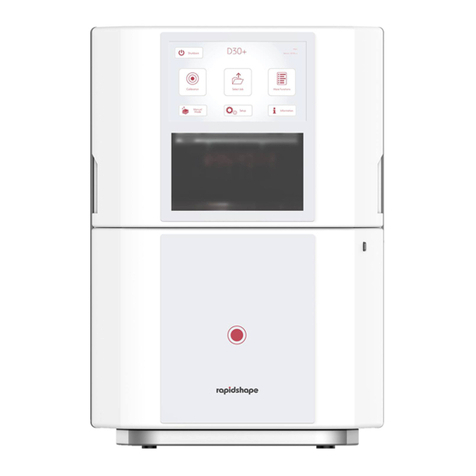Contents
1Safety information.........................................................................................................................4
1.1 Symbols..................................................................................................................................................................4
1.2 Safety instructions..................................................................................................................................................5
2General Information ......................................................................................................................8
2.1 Conformity declaration ..........................................................................................................................................8
2.2 Area of application of the operating instructions..................................................................................................8
2.3 Intended use ..........................................................................................................................................................8
2.4 Duties - operator (the operating company)/ person working on the machine (machine operator) .....................9
3Technical data .............................................................................................................................10
3.1 Conversion / spare parts / repair.........................................................................................................................10
3.2 Delivery scope......................................................................................................................................................10
3.3 Components.........................................................................................................................................................11
4Transport ....................................................................................................................................12
4.1 General instructions.............................................................................................................................................12
4.2 Transport damage................................................................................................................................................12
5Preparations................................................................................................................................12
5.1 Requirements for the installation site .................................................................................................................12
5.2 Additional absolutely needed equipment............................................................................................................13
5.3 Materials ..............................................................................................................................................................13
5.4 IT requirements....................................................................................................................................................14
5.4.1 PC hardware ......................................................................................................................................................14
5.4.2 PC software .......................................................................................................................................................14
5.4.3 IP address ..........................................................................................................................................................14
5.4.4 Internet access / TeamViewer port...................................................................................................................14
6Getting started ............................................................................................................................15
6.1 Unpacking the machine .......................................................................................................................................15
6.2 Setting up the machine ........................................................................................................................................15
6.3 Connecting up the machine .................................................................................................................................15
6.4 Starting the machine............................................................................................................................................16
6.5 Opening / closing the machine ............................................................................................................................16
6.6 Printing the first test job ......................................................................................................................................16
6.7 Netfabb software .................................................................................................................................................18
6.7.1 Installation.........................................................................................................................................................18
6.7.2 Opening netfabb ...............................................................................................................................................18
6.7.3 Creating machine workspace ............................................................................................................................18
6.7.4 Selecting a workflow .........................................................................................................................................19
6.7.5 Adding/ changing a machine.............................................................................................................................19
6.7.6 Adding a material ..............................................................................................................................................20
6.7.7 Settings..............................................................................................................................................................22
6.7.8 Loading components .........................................................................................................................................22
6.7.9 Positioning components....................................................................................................................................23
6.7.10 Checking supports .............................................................................................................................................23






























